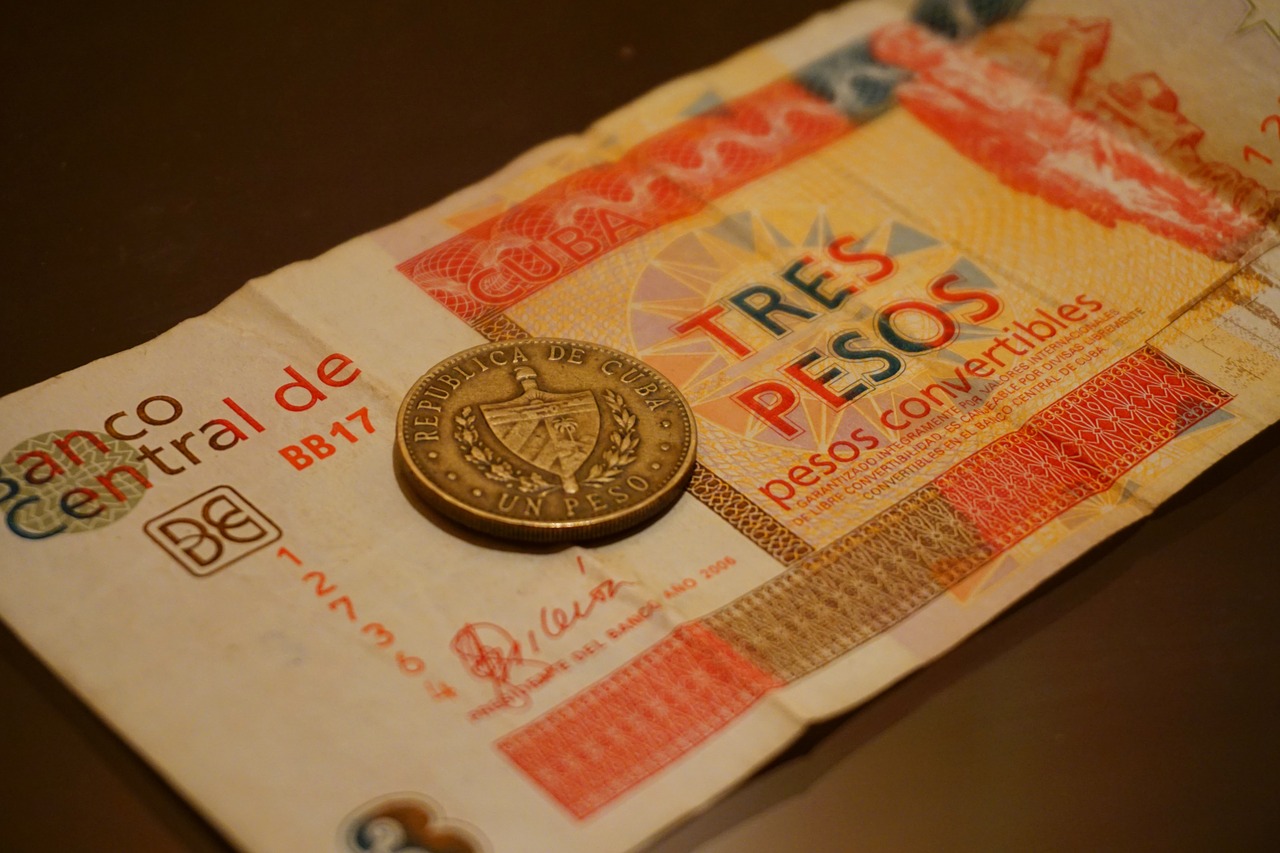At the moment, the convertible pesos, which is officially exchanged at an exchange rate of one to one to the US dollar, is used mainly by tourists and state enterprises. With the sharp decline in tourist traffic, the abandonment of the peso pegged to the dollar is primarily designed to reduce imports by making them more expensive.
Cuba will discontinue the parallel use of two national currencies and move to a single exchange rate of 24 pesos to the dollar from January 1, 2021, President Miguel Díaz-Canel said in a televised speech late last week. The country now uses both the regular and the so-called convertible Cuban peso, which is used mainly by foreign tourists and state-owned companies (including the exchange rate used to conduct foreign trade transactions and subsidize the purchase of basic goods).
It was announced that under the forthcoming reform the authorities will also change the pricing system and subsidies, but so far, all that is known is that the minimum wage will be raised fivefold (from 400 to 2100 pesos) and the maximum wage will be 9510 pesos (now, according to state statistics, the average payment is 879 pesos).
Recall that the two-tier system was introduced in Cuba in 1993, when the Cuban government was in a situation of shortage of hard currency. In 2004, a convertible peso was introduced to replace the US dollar.
Against this background, foreign currency shops reopened in Cuba in 2020, out of reach for the majority of the population (experts estimate that up to 40% of Cubans support remittances from abroad), reinforcing the social divide: the authorities explained that this was a temporary phase on the eve of reform and that there was no other way to maintain at least a minimum supply of essential goods on the market. Cuba now imports up to 60% of the food it consumes and also has to spend foreign currency on critical industrial imports.
source: reuters.com
Cuba will discontinue the parallel use of two national currencies and move to a single exchange rate of 24 pesos to the dollar from January 1, 2021, President Miguel Díaz-Canel said in a televised speech late last week. The country now uses both the regular and the so-called convertible Cuban peso, which is used mainly by foreign tourists and state-owned companies (including the exchange rate used to conduct foreign trade transactions and subsidize the purchase of basic goods).
It was announced that under the forthcoming reform the authorities will also change the pricing system and subsidies, but so far, all that is known is that the minimum wage will be raised fivefold (from 400 to 2100 pesos) and the maximum wage will be 9510 pesos (now, according to state statistics, the average payment is 879 pesos).
Recall that the two-tier system was introduced in Cuba in 1993, when the Cuban government was in a situation of shortage of hard currency. In 2004, a convertible peso was introduced to replace the US dollar.
Against this background, foreign currency shops reopened in Cuba in 2020, out of reach for the majority of the population (experts estimate that up to 40% of Cubans support remittances from abroad), reinforcing the social divide: the authorities explained that this was a temporary phase on the eve of reform and that there was no other way to maintain at least a minimum supply of essential goods on the market. Cuba now imports up to 60% of the food it consumes and also has to spend foreign currency on critical industrial imports.
source: reuters.com





